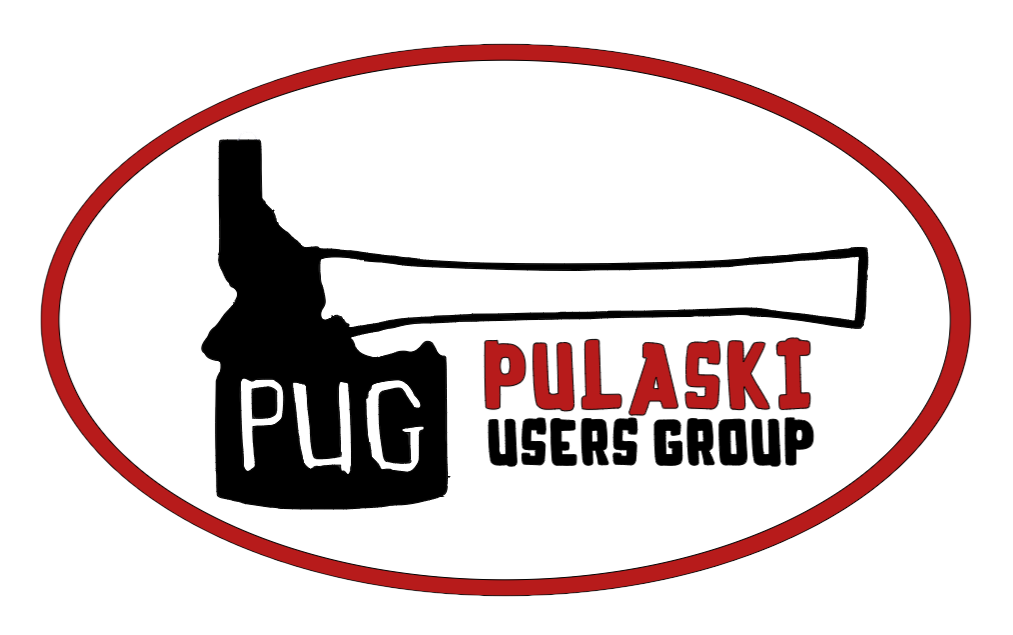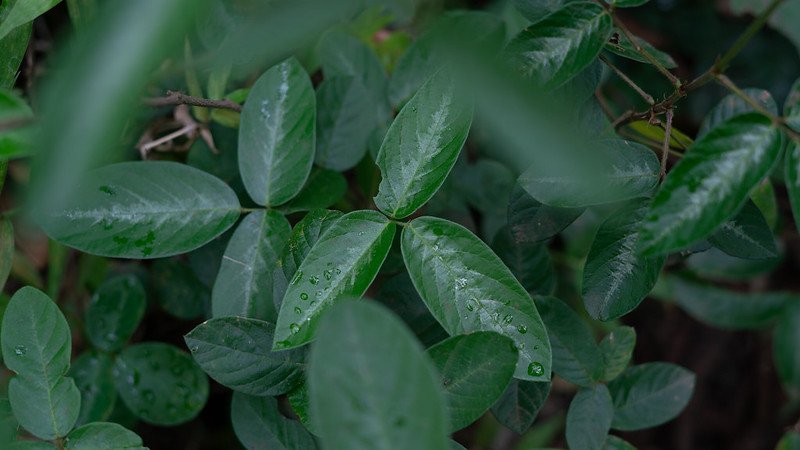Mālama - to take care

What makes the Hawaiian Islands truly special is not only the stunning natural beauty or the vibrant culture, but the deeply rooted practice of mālama. Mālama means to take care of, tend, attend, care for, preserve, protect, beware, save, maintain. The Hawaiian culture exemplifies this practice and we were fortunate to experience this in a deep and profound way.
Through the action of restoring and maintaining trails, the Pulaski Users Group aims to inspire people to form a deep relationship with the natural world. We believe that spending quality time out in nature is the catalyst for action and advocacy. Having your hands in the dirt, creating tangible and positive change on the land, strengthens your connection to the Earth. Our mission is undeniably intertwined with the philosophy of mālama. There is a reciprocity that is at the root of conservation work, as the benefits we reap from being out in nature are immeasurable.
The Flourish Foundation believes that compassion and leadership can be nurtured at the deepest level when cultivated inwardly through self-reflection, meditation, and vulnerability and outwardly through community service, fundraising, and public advocacy. When these conditions come together they create an optimal environment for individual and collective flourishing. Five alumni from the Compassionate Leader Program joined us on this Hawaiian adventure.
“We work to give back to the land, and the land gives back to us.”
While in Kauai we worked on various trail-related projects across the island. From the Pihea Trail high up on the cliffs of Waimea Canyon to the densely jungled Hanakāpī‘ai Trail on the Nā Pali Coast we worked with local government and community leaders to improve trail conditions for locals and visitors alike. While on Kaua’i our group contributed 43 hours of volunteer time and maintained 2.3 miles of trail.
We worked alongside Hawaii's Department of Land and Natural Resources (DLNR) to move difficult rocks, close down social trails, and improve overall conditions on the Kukui Trail in Waimea Canyon in the Pu’u Ka Pele Forest Preserve.
Our group worked to re-tread and widen a section of trail in the Sugi Grove that follows along the Kawaikoi Stream.
We spent two days working on the highly trafficked Pihea Trail in the Nā Pali-Kona Forest Reserve. The trail skirts along the Kalalau Valley and has epic views of the northern shoreline. We worked to improve the trail conditions so that fellow hikers on this popular trail could navigate with more confidence and ease.
We spent an afternoon helping restore and build a historic auwai (irrigation ditch) in the Alakoko Fishpond. We were hosted by Malama Huleia and were deeply inspired by the rich history, community involvement, and commitment to restoring this important natural resource.
Our group spent four days working on the Hanakāpī‘ai Trail on the Nā Pali Coast. We spent most of our time building a series of puncheons (elevated walkways used to cross bogs or low sections of the trail) out of invasive bamboo. We also chipped steps into slippery rock surfaces, removed hazardous roots and fallen trees, rerouted water off the trail, and chatted with the many hikers who visit this spot daily.















